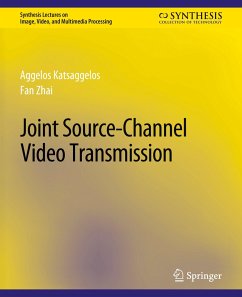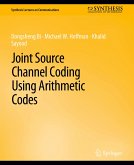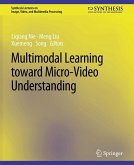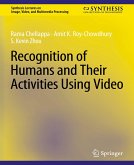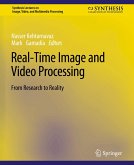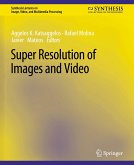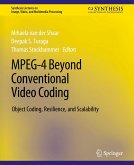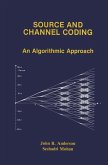This book deals with the problem of joint source-channel video transmission, i.e., the joint optimal allocation of resources at the application layer and the other network layers, such as data rate adaptation, channel coding, power adaptation in wireless networks, quality of service (QoS) support from the network, and packet scheduling, for efficient video transmission. Real-time video communication applications, such as videoconferencing, video telephony, and on-demand video streaming, have gained increased popularity. However, a key problem in video transmission over the existing Internet and wireless networks is the incompatibility between the nature of the network conditions and the QoS requirements (in terms, for example, of bandwidth, delay, and packet loss) of real-time video applications. To deal with this incompatibility, a natural approach is to adapt the end-system to the network. The joint source-channel coding approach aims to efficiently perform content-aware cross-layerresource allocation, thus increasing the communication efficiency of multiple network layers. Our purpose in this book is to review the basic elements of the state-of-the-art approaches toward joint source-channel video transmission for wired and wireless systems. In this book, we present a general resource-distortion optimization framework, which is used throughout the book to guide our discussions on various techniques of joint source-channel video transmission. In this framework, network resources from multiple layers are assigned to each video packet according to its level of importance. It provides not only an optimization benchmark against which the performance of other sub-optimal systems can be evaluated, but also a useful tool for assessing the effectiveness of different error control components in practical system design. This book is therefore written to be accessible to researchers, expert industrial R&D engineers, and university students who are interested in thecutting edge technologies in joint source-channel video transmission. Contents: Introduction / Elements of a Video Communication System / Joint Source-Channel Coding / Error-Resilient Video Coding / Channel Modeling and Channel Coding / Internet Video Transmission / Wireless Video Transmission / Conclusions
Bitte wählen Sie Ihr Anliegen aus.
Rechnungen
Retourenschein anfordern
Bestellstatus
Storno

